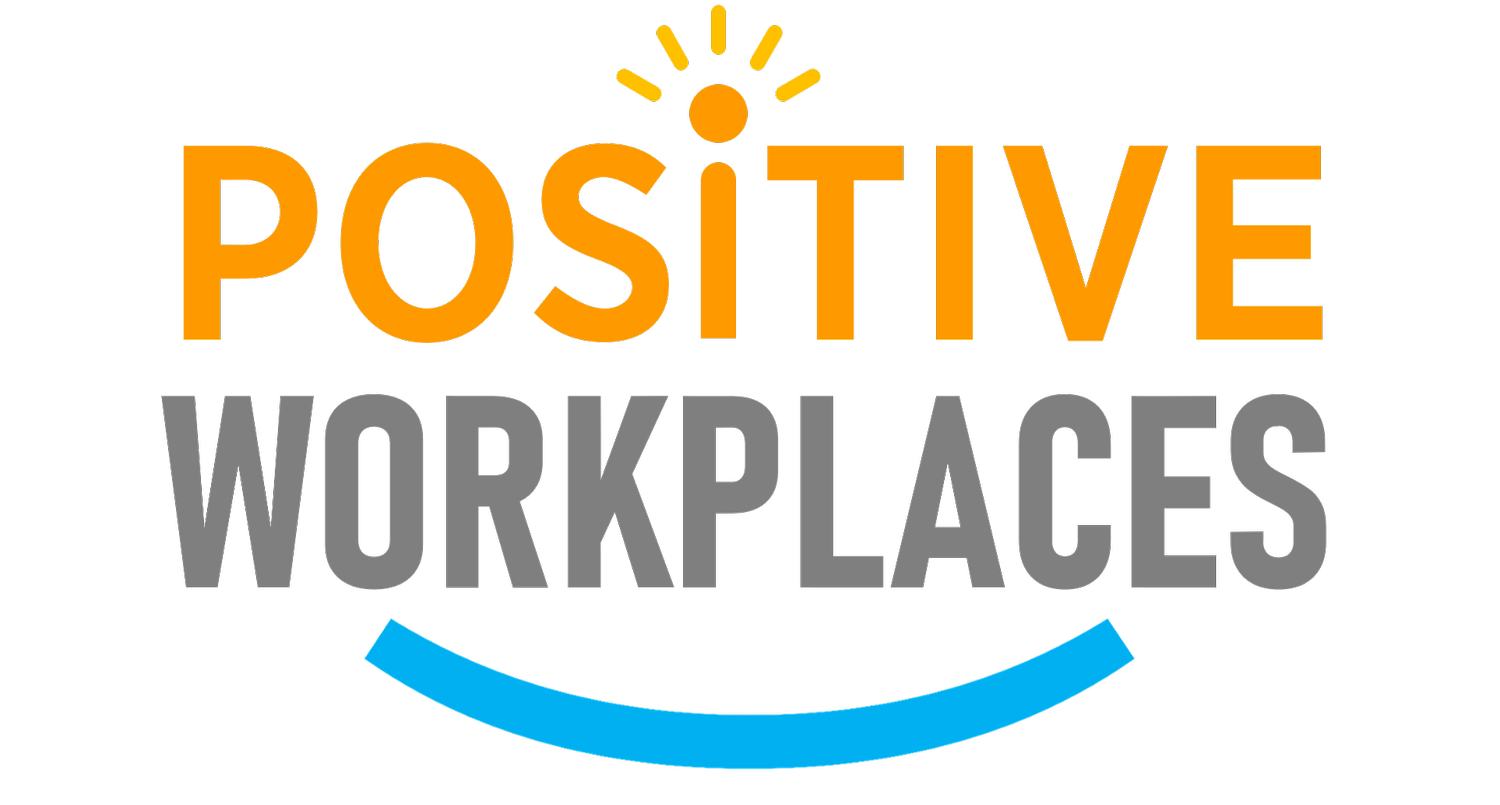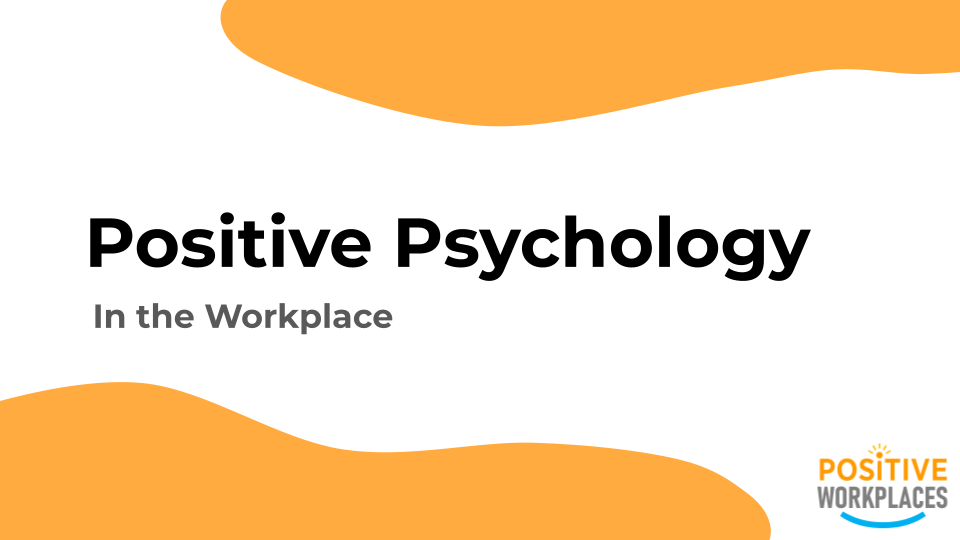How Can You Bring Positive Psychology to Your Workplace?
After the Industrial Revolution, it was normal for laborers to work for up to 10 hours a day, sometimes seven days a week. This prevented them from getting enough rest, spending time with their family, and pursuing their own passions and interests. It was only when the Federation of Organized Trades and Labor Unions lobbied for an eight-hour workday in the 1880s did things start to change. The movement even had their own official song “Eight Hours,” which goes: “Eight hours for work / Eight hours for rest / EIght hours for what we will.”
Now, more than 100 years later, the workforce is beginning to dip back into overwork. Living in a fast-paced world can mean working longer hours just to keep up; employee welfare continues to be sacrificed for productivity. But all hope is not lost, for there is actually a way for workplaces to thrive without teetering on burnout: positive psychology.
What is Positive Psychology?
Positive psychology is a relatively new branch of psychology that shifts the focus from fixing what is clinically wrong to helping individuals flourish, regardless of their psychological diagnosis. It was founded by American psychologist Martin Seligman, who claims that happiness doesn't just feel good, it is good: with learned optimism, patients with heart disease can live longer, and schoolchildren become less anxious and more engaged.
Psychologists recently found that people suffer from negativity bias, wherein we disproportionately concentrate on problems and failures rather than successes. Ultimately, Seligman says that psychology is not just concerned with illness or health; it is much larger, covering work, education, growth, and play.
What are the Benefits of Positive Psychology in the Workplace?
An employee spends the better part of their days at work, so an unpleasant work environment will inevitably take a toll on them. Employees who feel satisfaction and happiness in their work are found to perform better than those who feel unappreciated and overlooked. Because of this, they are also more productive and innovative; overall creating a healthier work culture.
Bringing Positive Psychology to the Workplace
It is important to keep in mind that a more positive work culture is not a destination, but an ongoing process. Here are three principles you can practice today to get you started on creating your own positivity ripples in the office.
Cultivate a strength-based culture
70% of professionals who are given the chance to do what they do best on a daily basis feel more engaged and energized with their work. Identify employees’ strengths, knowledge, and passions, and keep this in mind when assigning roles and projects. By allowing individuals to maximize their strengths, we are cultivating a culture that wants to see them thrive both professionally and personally. This also reduces leaders’ use of fear-induced motivation, shedding light on what employees can succeed at rather than what they fail to do.
What you can do:
Make strength identification an organizational aim. Strengths tests, like the VIA Character Strengths (Free) and StrengthsFinder (~Php 1,000-2,500), provide comprehensive results on what an individual’s top strengths are and what they can do to harness it further.
Discuss strengths explicitly. Make strengths part of the workplace vocabulary. Below are some discussion prompts you can use in meetings or personal interviews.
Make strength-spotting a habit. Strengths are easier to identify and remember if we see it in action. You can ask people to write down the strengths they see in their colleagues in a Padlet, an online notice board where everyone can type in their input. Doing this on a regular basis instills a motivating, supportive atmosphere.
Align workplace goals with employee strengths. Leaders can be more intentional with building achievement by involving an individual’s strengths in organizational goals. This makes the goals more meaningful to the employee; they take pleasure in each step instead of trudging towards the finish line. It also helps that employees are given clear key performance indicators so they know which specific strengths to tap into.
Encourage praise and sharing of successes. Feedback is important, but it doesn’t have to be excessively critical. Celebrate wins, no matter how small, and reframe mistakes as opportunities for growth. Give employees the chance to share their accomplishments and make clear what you appreciate about the work they do.
Provide development opportunities. An individual who feels that their organization cares about their development is often more productive and happier with their workplace. Support employees through encouraging creativity, seeking out their input and ideas, providing learning opportunities, and creating a safe space where they can ask questions.
Practice optimism
Optimism makes people better prepared for the vulnerability that comes with change. It gives them healthier coping strategies and helps them see negative occurrences as room for growth.
What you can do:
Cultivate a grateful mindset. The inclusion of listing appreciations in meeting agenda items can decrease employee stress levels. Leaders who make gratefulness a habit often see a natural positive shift in meetings and employee relations.
Ask questions that are rooted in seeing strengths. Appreciative Inquiry (AI) is a strengths-based approach by David Cooperrider that aims to leverage an organization’s “positive core”. It is based on the idea that the questions you ask often drive the feelings people have, so there’s value in asking what went right instead of what went wrong. No amount of looking at what’s wrong can tell you how to do things right.
Value Well-Being
Employee well-being is greatly linked to the work environment. Many people are seeking meaning in the work they do and are more likely to prioritize personal satisfaction over organizational loyalty.
What you can do:
Invest in supportive relationships. An environment is only as positive as its people. In fact, 40% of employees reported their colleagues as the top reason they love their workplace. Support networks not only help individuals overcome struggles, but also improve their daily work life. These support networks can be cultivated through:
Talking about things outside of work. This can make employees feel more like collaborators and less like competitors.
Being aware that both positivity and negativity are contagious. People tend to mirror emotions, so there is value in connecting more positive individuals with others who may benefit from a similar perspective.
Give employees the autonomy to do what they feel is right for them. Simply allowing them to make their own choices on how, when, and where they work can empower them and motivate them to work according to their strengths.
Look into tangible advantages. Recognizing accomplishments through reward systems tend to improve employee satisfaction. It need not always be financial; what’s important is it is in line with what employees want. Putting out an inquiry through a company survey can help give managers a sense of what makes employees feel cared for.
Learn more in our FREE webinar on positive psychology in the workplace






